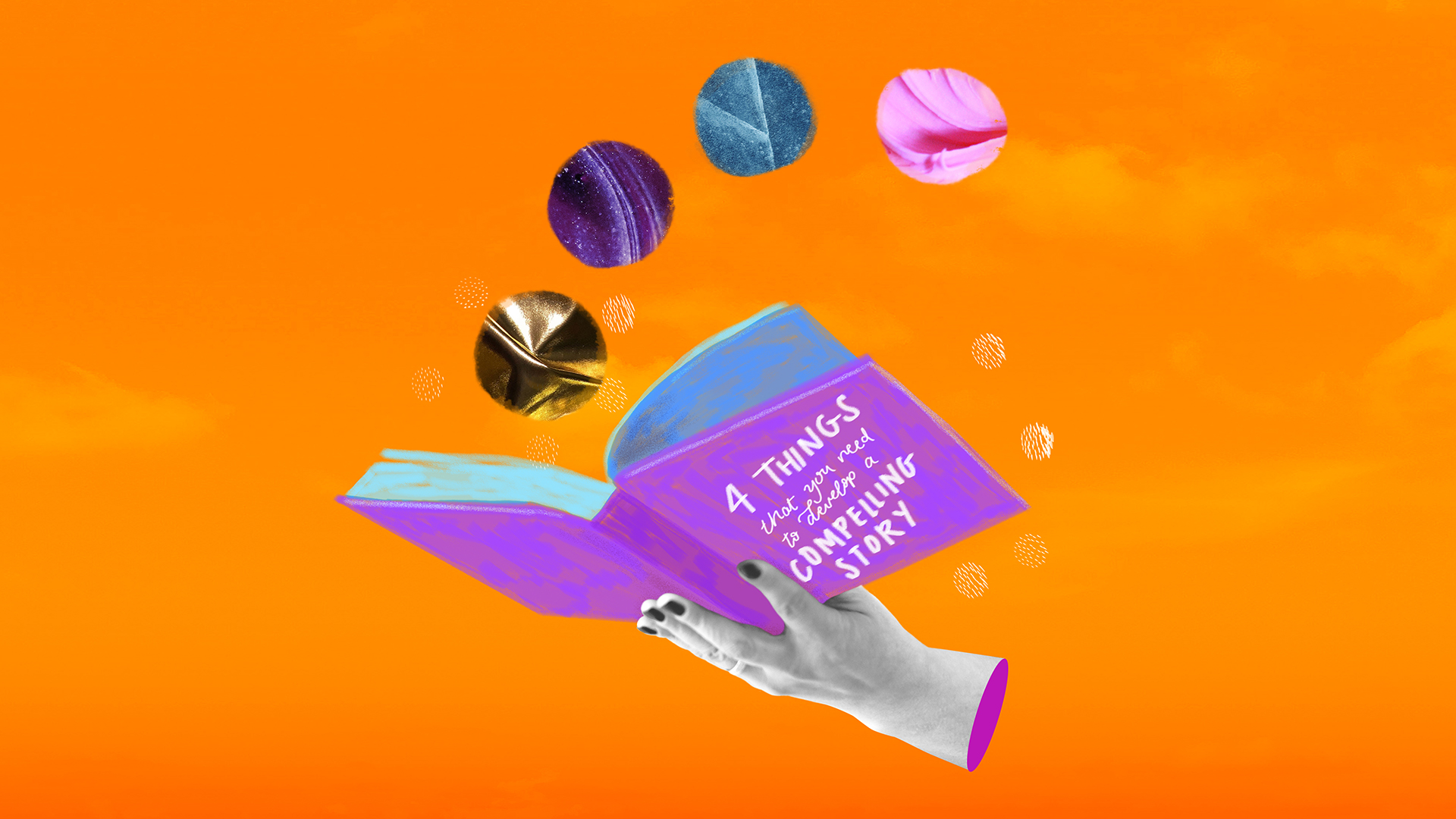How to craft a compelling brand story
. . .Wondering how best to articulate your company’s brand story? We’ve got you covered with these 4 easy-to-follow tips:
1. A storied story
A brand is only as human as its people. That’s where your story lies – with your employees, customers and partners. Those who know your products, services or experiences best are the ones who use, help build and interact with them. Authentic storytelling is possible when it’s inclusive and self-reflective. Check in regularly with your teams to mine stories on developments, wins and innovations, both professionally and personally. And don’t just engage with the usual suspects; when you take the time to converse with people from all levels and departments, and even outside of your organisation, you’re likely to find that your company may be serving people and performing in ways that even you didn’t know about.
Consider putting a face to these stories. Research has shown that faces are more likely to get people’s attention. Make the most of photos, and feature your actual employees and customers in video clips across your website and social media platforms. Take Gov.sg’s recent Eid video campaign “My Community, My Family”. It’s a great example of weaving together familiar anecdotes of Singaporean-Muslim culture to articulate a story that not only resonates but also builds a sense of trust.
2. Tell me my story
When we talk about data, we’re not just talking about metrics and statistics. The same way that understanding your audience requires both quantitative and qualitative data (i.e. talking to actual people), so does relating your story to said audience. There’s greater demand for transparency now. People want numbers, but they also want those numbers to mean something, to matter to them and society. In a study, Stanford researchers suggest that effective data-driven stories should ultimately be able to “balance a narrative intended by the author with story discovery on the part of the reader.” A win-win for everyone.
Take for instance “Spotify Wrapped”, a kind of annual, personalised report that tells Spotify listeners data about their listening habits. Whether it’s putting a magnifying glass on a user’s musical guilty pleasures or highlighting listeners’ commonalities across artists, genres and even regions, Spotify utilises data to help users tell their unique stories. In turn, Spotify effectively becomes self-marketable as users organically publicise their engagement on various social media platforms. In this regard, data, coupled with social experience, has inherently helped its listeners realise that the streaming service plays an integral role in their lives.
3. Show me you’re socially conscious without showing me you’re socially conscious
Today, being earnestly woke is a prerequisite for any meaningful brand story. Consumers want companies to have a moral backbone and to be of service to the world at large – to participate in consumer culture, but to do so consciously. “Conscious consumerism” refers to the behaviours of audiences who are growing more insistent that the companies they support reflect their own values. In fact, research shows that the pandemic has made consumers more conscientious with their purchases. People are expecting companies to have a social conscience or, at the very least, show a commitment to specific altruistic goals, even if their business is intrinsically profit-oriented.
With all that’s going on in the world, many will be drawn to companies that show compassion and empathy. So how do you create something as inherent and intangible as compassion and empathy? Well, you don’t. You simply have to be about it. If times unexpectedly take a turn for the worse, remind people that you are there for them. If there are any additional or makeshift services that your company has been providing during the pandemic, amplify it. If you’ve made special arrangements to alleviate the hardships faced by your employees, go ahead and share it. When you organically show that you care (and mind you, you do actually have to care to have empathy) you will be able to enhance engagement, build connections and drive better, more focused results.
4. TL;DR… The myth of the long-form bore
Your brand story doesn’t just stop at your website’s “About” page. It’s an ongoing endeavour that’s reflected in all the content that you create. Blogs, social media posts, paid and earned media coverage – everything counts. Long story short, long-form content is still in trend! (That is, with some caveats.) There has always been an understanding that Google’s algorithms have been increasingly favouring natural and coherent language use, selective keyword practices and long-form content, but this doesn’t mean that everyone should go off writing 2,000-word blog articles or starting hours-long podcasts and live streams every other day. Content saturation continues to be a real issue, as is screen fatigue and unfocused attention spans. So how do you ensure user retention and prevent them from leaving before converting or engaging?
We agree with LinkedIn that your focus should be on quality. Make your content immersive with graphics and interactive elements (FYI games and quizzes aren’t just for the likes of lifestyle and entertainment companies). And make sure that your content is insightful with original research and organic stories. Shortened attention spans actually mean that people are better at quickly determining what content they care about, what to spend time on and what to abandon – and people still care about good stories. As such, the minutiae matters – hook them with an interesting headline or visual, then make sure it’s worth the click-through by creating engaging content. Quality long-form content in brand storytelling has colour. It has depth. So make sure to show off your brand character proudly and consistently.







